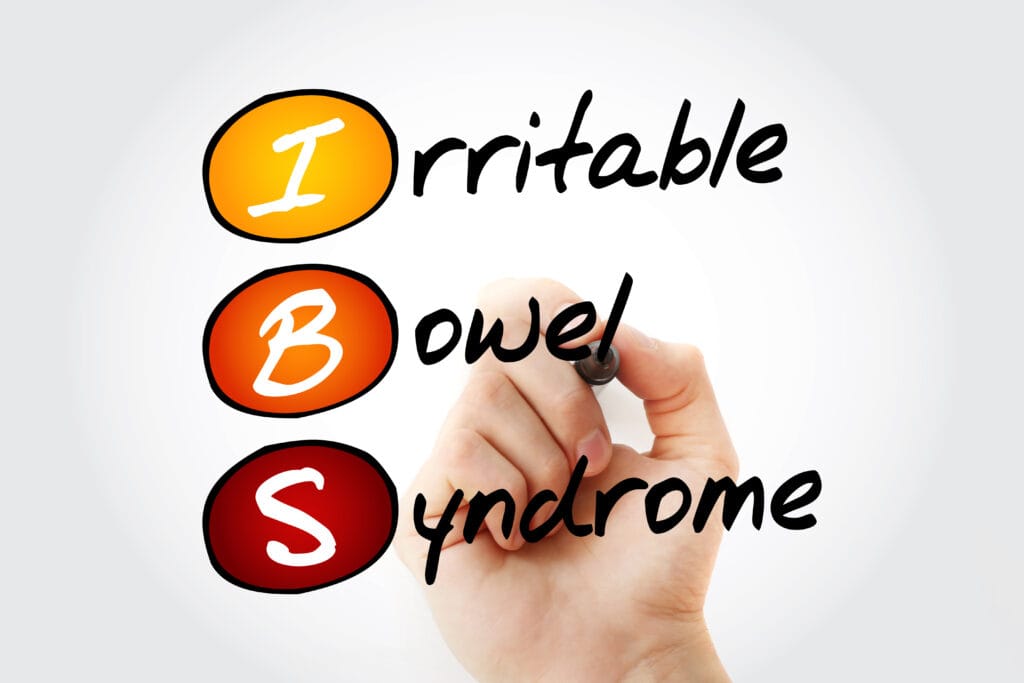This post may contain affiliate links. If you click one and make a purchase, I earn a small commission at no extra cost to you. It helps support the site so I can continue to offer great content to you!

IBS, also known as irritable bowel syndrome, is a pretty well-known digestive disorder. You’ve likely heard family members or friends mention this problem in the past. But how common is IBS exactly?
According to the American College of Gastroenterology, approximately 10% to 15% of the United States population is afflicted by IBS.
For reasons unknown, women are about twice as likely to get IBS. It could be because they have different hormones than men and because their hormones are not as stable as those of men.
Children and adults are susceptible to IBS. In fact, more individuals will have their first IBS symptoms before the age of 40.
There are three different types of IBS.
- IBS-D: Diarrhea
- IBS-C: Constipation
- IBS-M: Mixed
There is no official testing that can be performed to diagnose IBS. An individual typically ends up with an IBS diagnosis after several other tests have been found inconclusive.
If you regularly suffer from any or all of the following symptoms, your doctor might want to order some tests.
- Stomach pain
- Bloating
- Gas
- Constipation
- Diarrhea
Your doctor is likely to test you for celiac disease via a blood test and recommend a colonoscopy to rule out other diseases.
When no other disease can be detected, many doctors will diagnose the patient with Irritable Bowel Syndrome (IBS).
While there is no cure for IBS, it is recommended that you work with a registered dietician to understand what food triggers your IBS symptoms. Everyone is different. The only sure way to determine what food is problematic is to do the low FODMAP elimination diet.
In conclusion
This article’s focus was on how common is IBS. For more information about gut health or the low FODMAP elimination diet, make sure the check the recommended blog posts below.
Thanks for reading.
Cat xx